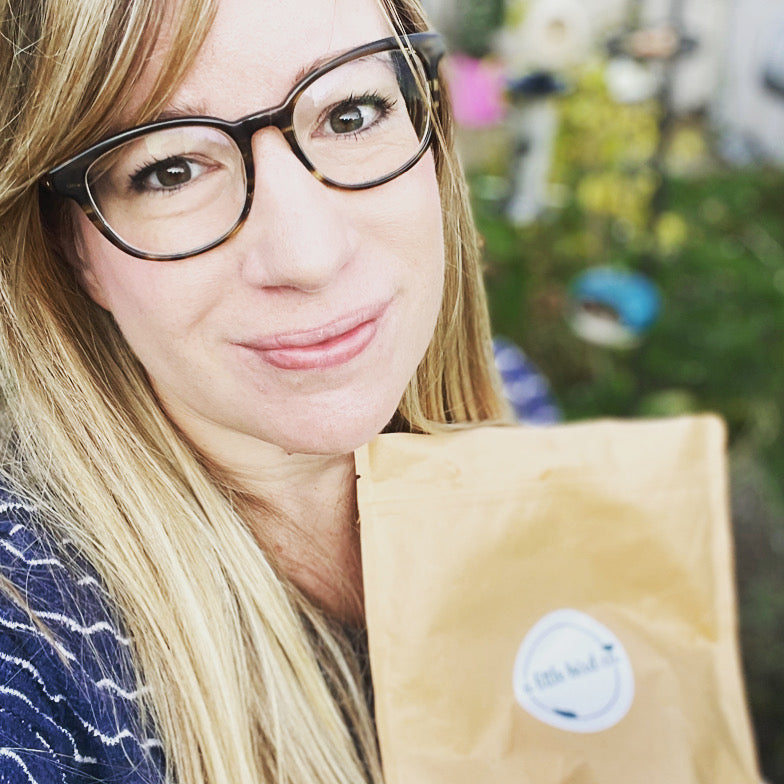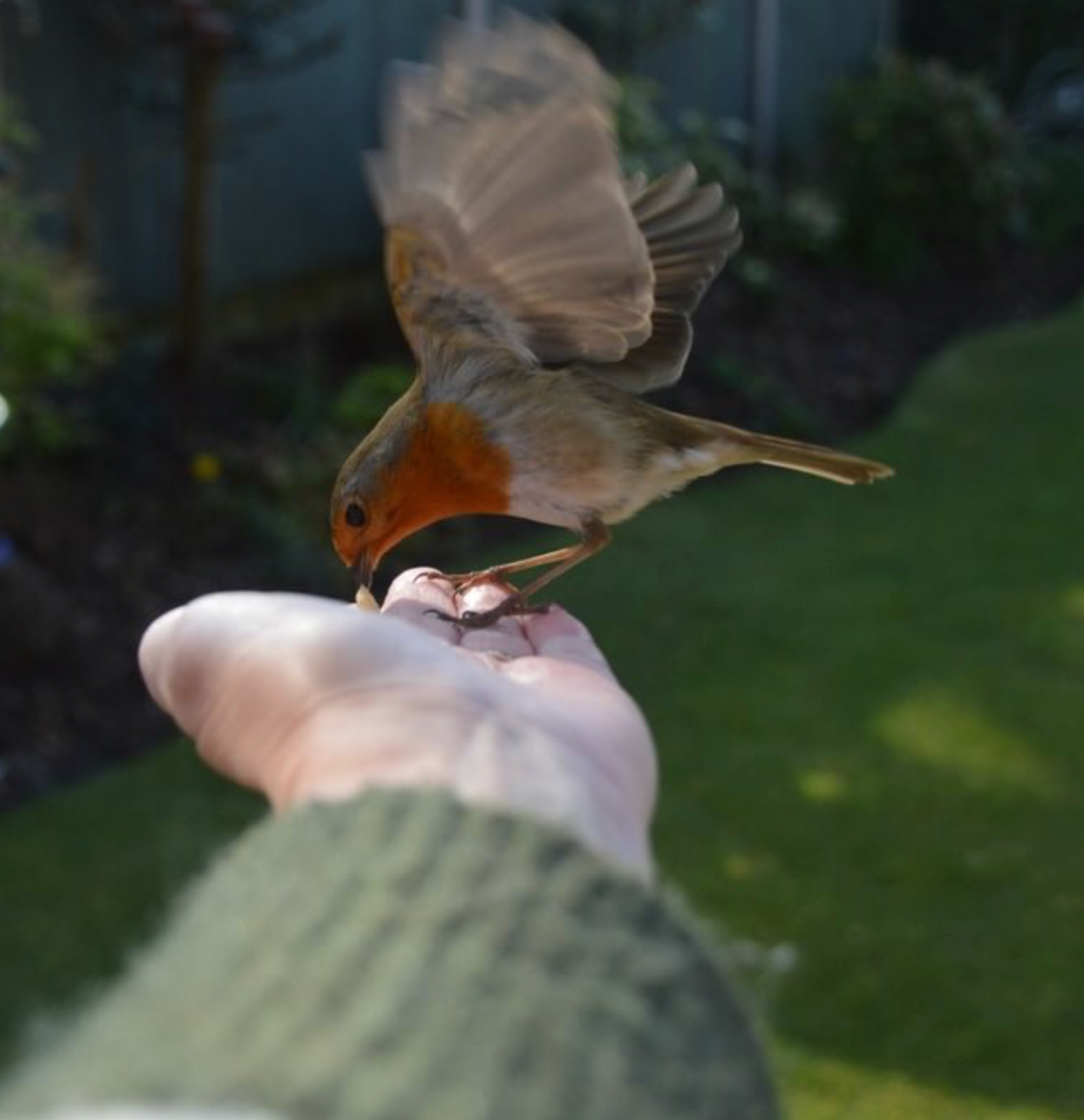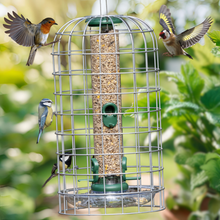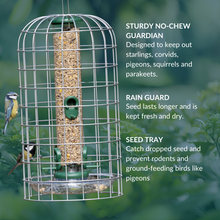Starlings - a noisy nuisance or a declining species?
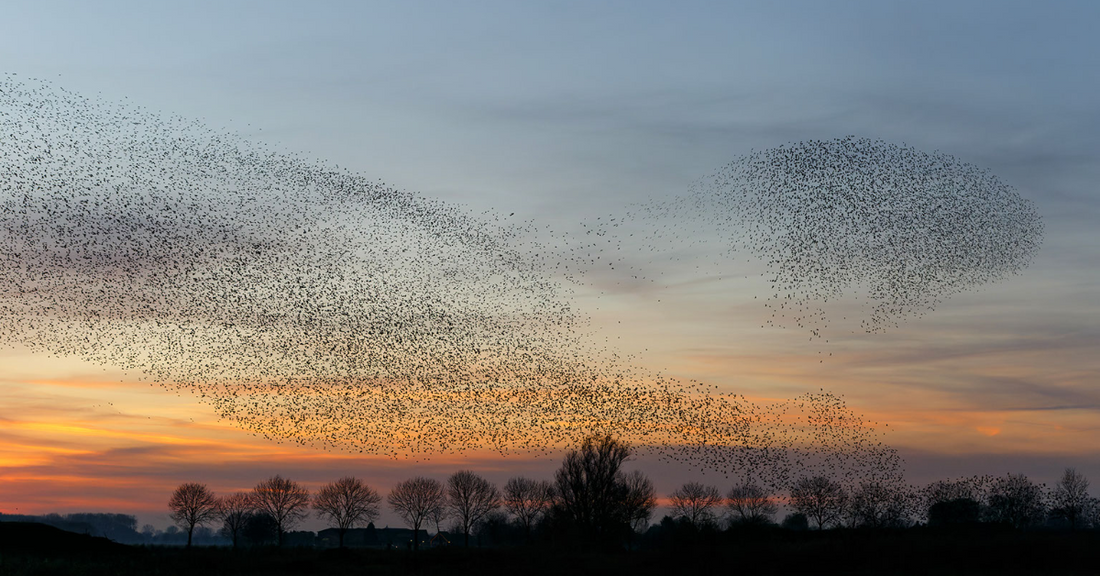
I get birds of all shapes and sizes in my garden, from huge crows, pigeons, magpies, jackdaws and parakeets to noisy starlings.
Unbelievable as it seems to those of us with large flocks of starlings who visit our gardens, starling numbers are actually in decline in the UK. Sadly a lack of roosting sites mean that these bold and beautiful birds are struggling to breed – starlings do need all the help they can get. That said, I do understand that it can get frustrating when smaller birds seem to be missing out because bigger and bolder birds look like they are taking advantage of the feeders. We have jackdaws and starlings in our garden who would eat everything I put out if they were left to their own devices, but I’ve always been reluctant to deter them – I’ve encouraged wildlife into my garden so it feels unfair to then evict some birds and not others. Through sitting and watching the birds over time I have learned to love species I once thought of as a nuisance – corvids such as jackdaws, crows, jays and magpies are so intelligent, and starlings seem to quarrel endlessly – working out their pecking order is fascinating. I have put together some ideas below to help you attract a range of different birds to your garden and ensure no one misses out – I hope they come in useful.

A Little Bit About Starlings
Starlings have the most beautiful feathers and the aerobatic displays they perform in the air are second to none. In lots of areas of the country where they were considered a pest they are now sorely missed, so we are lucky if they still visit our gardens. Starlings are fascinating to watch in the garden, and they feed on leatherjackets (daddy long leg larvae which eat underground parts of garden plants including the seeds and roots) making them a helpful ally for gardeners. That said, starlings can be aggressive and scare away other birds – they can overwhelm even a big garden. It is possible to make sure they get plenty of food, while still having feeders available to the smaller birds.
Give Them Their Own Supply
Starlings love suet and mealworms, so hanging a few suet feeders or scattering a few handfuls of suet pellets on the lawn out in the open might keep them busy – they are less keen on seed blends in hanging feeders. Think obvious when you’re picking a feeder for a starling to use – a standard suet ball feeder is a good choice. Corvids are also happy to feed in the open, so they will happily eat from a suet feeder in the middle of the garden.
Choose Your Seeds Carefully
Starlings love to eat millet, corn and wheat – choose a food mix that doesn’t contain these ingredients and they might just turn their noses up at your offering. I don’t use any of the above ingredients in my food blends, (subscribe today!) but supermarket blends and midrange bird seed mixes often do as they are cheap to source and an inexpensive way to bulk out a bag of food. Starlings don’t eat safflower seeds either, which I add to a lot of my mixes.
Protect From Above and Collect From Below
A squirrel baffle is a domed cover that sits over the top of your bird feeder. Starlings are reluctant to feed under the cover, so will likely avoid the feeder – this is a good solution if you want to put out a supply of mealworms or suet just for smaller birds. A container placed under the feeders will collect discarded seeds that the smaller birds have dropped if you want to prevent bigger birds from hoovering up the scraps from below. You can also adjust the Squirrel Buster feeder to prevent starlings - their weight will cause the feeding ports to close, and this can ensure you have a supply of food just for the smaller birds.
Adjust Your Feeding Times
Starlings start feeding later and stop earlier than other birds, so if you fill your feeders early in the morning and late in the afternoon it might give smaller birds a head start. If you get up later, try scattering some food on the ground for the starlings, waiting for them to feed and then filling your feeders when the starlings have moved on.
Sheltered Feeders
I hang a few feeders in the open for bolder birds like starlings, and then dot a few others in the trees and near the shrubs and hedges in our garden for the smaller birds, who tend to like more cover and somewhere to escape to if they feel spooked.
It feels counter intuitive to offer people ways to deter starlings when they are in decline, so I wanted to give ideas to help you encourage a range of birds so that none are left hungry. It goes without saying never to do anything to hurt or endanger any birds – we need to consider what is happening to the species at a national level.
How do you feel about crows, magpies, jackdaws and starlings? Please share your ideas in the comments!

